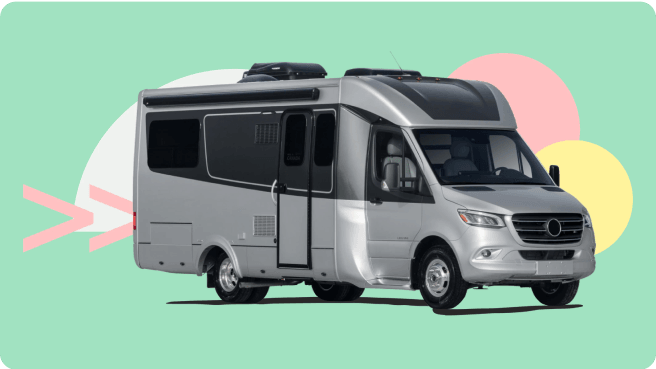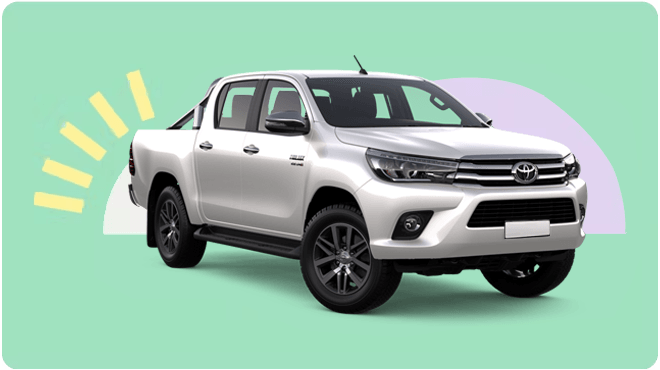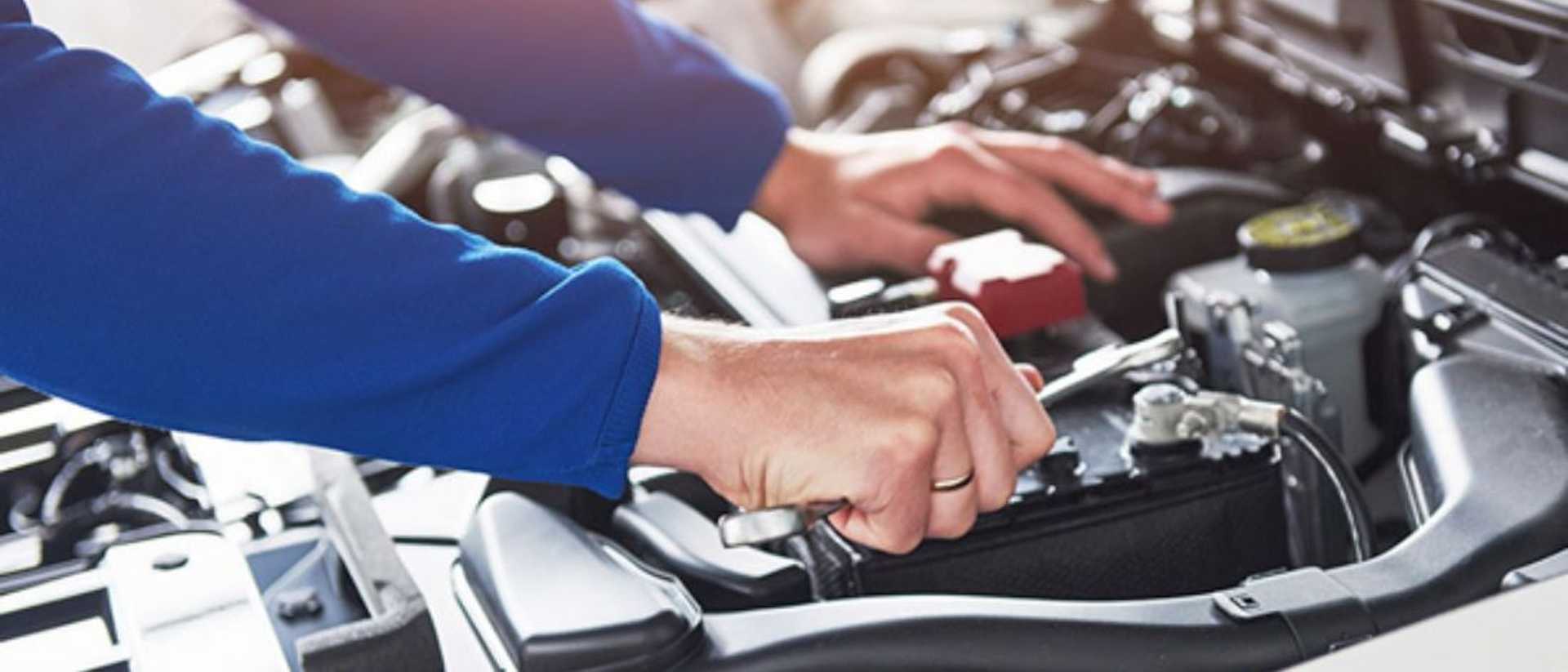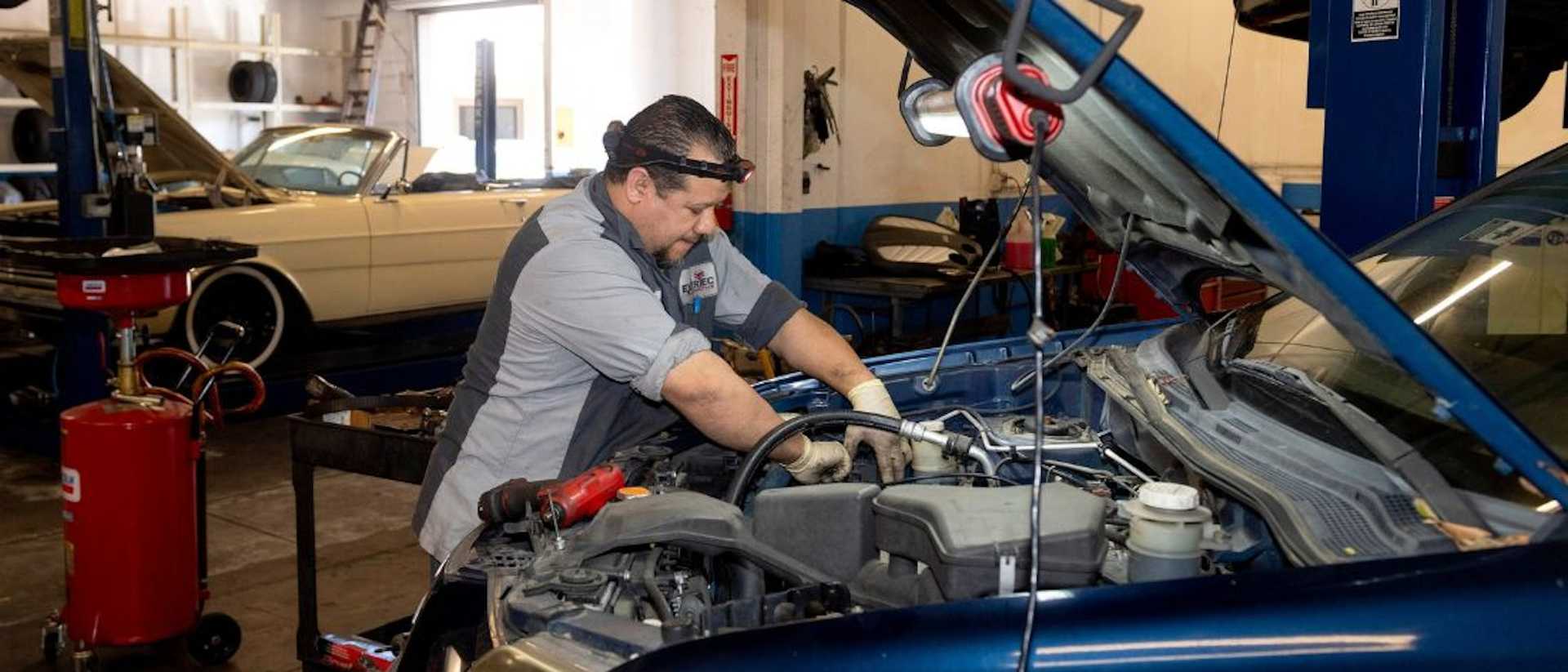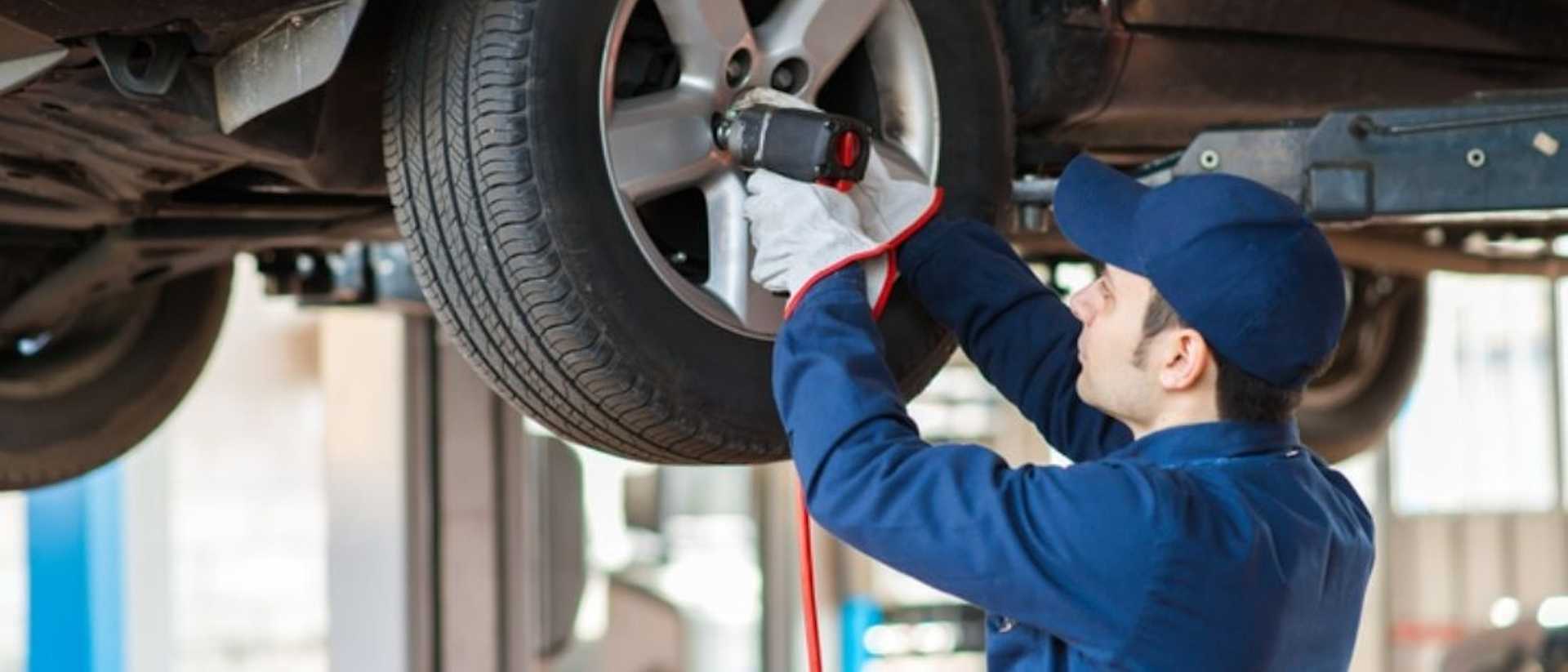The Cost Of Owning A Motorcycle

Buying a motorcycle is an exciting decision, but it’s important to factor in all the costs involved with it before you start shopping. We’ll break down the costs involved with buying a motorcycle as well as the day to day expenses that you’ll incur.
Where to start?
If you’ve started looking into your motorcycle options, it’s a good idea to consider what purpose you’re needing a motorcycle for and what features you’ll require. It can be helpful to break up your requirements into the ‘essential’ features that you can’t live without and the ‘nice to have’ features that you have a bit more flexibility around.
- Do you want to buy a brand new motorbike? Or are you considering second hand bikes as well?
- Where are you planning on driving it?
- How often will you use the motorcycle for transport?
- How much are you willing to spend in total? How much are you willing to spend on monthly repayments?
Motorbike cost
The biggest expense is obviously going to be the motorcycle itself, and whether you decide to buy it brand new or second hand is going to have an impact on the price. The cost of motorcycles can vary greatly; if you’re buying a brand new bike you’ll probably need to spend at least $5,000, and some specialty bikes can cost upwards of $40,000! If you’re willing to consider second hand bikes, you might find the model you’re after at a noticeably cheaper price.
Brand new
One of the main advantages of buying a brand new motorcycle is that you have the confidence of a full warranty from the manufacturer. This means that if you experience a mechanical issue, and you’re still within warranty, you’ll be able to get your bike fixed at no cost to you. You’ll also be able to ride your bike with the knowledge that there are no unexpected surprises about the bikes’ history and no kilometres on the odometer!
Another major benefit is that you’ll get more control over the features of your motorcycle, like paint colour, engine and a range of optional extras.
Second hand
However, for many riders, the idea of buying a used bike is much more appealing than buying one brand new. Given how quickly motorcycles, like any other vehicle, depreciate, some customers might see a second hand bike as a better investment than a current model. This is because used bikes depreciate at a slower rate than new ones. Most motorcycles experience their sharpest drop in value in the first three years, so buying a bike that is older than this can save you money on the purchase price as well as retain more of the bike’s value.
If you’ve never owned a motorcycle before, buying one second hand can be a great way to test the waters without spending too much money on it. If you end up loving it, you can always upgrade your bike down the road.
When you’re buying a used motorcycle, make sure that the bike is in good condition. It’s always a good idea to ask a qualified mechanic to check out the bike before making a purchase. If you’re buying the bike from a private seller, you might also want to search the Personal Property Securities Register (PPSR) to make sure that there are no debts owed on the vehicle, and that the bike has not been reported as stolen or written off. For a fee of $2, the PPSR can email you a report on the motorcycle so you’ve got peace of mind.
Learn more: Financing A Used Motorcycle - What You Need To Know
Running costs
In addition to the initial major cost of buying the motorcycle itself, there will be a considerable number of running costs you’ll need to factor in.
Registration
The process and cost of registration varies between states but is a legal requirement of operating a motorcycle. In New South Wales, for example, the cost of registration is $66 per year, while in Victoria it’s $84.20 for recreational motorcycle registration, and for standard motorcycle registration, the cost will vary depending on where you’ll be riding the bike most of the time.
In most states and territories the registration cost will also include compulsory third-party insurance, but make sure you check with your specific state or territory.
Insurance
For your loan to settle with any of our lenders, you’ll need to make sure you have taken out comprehensive vehicle insurance (this is in addition to the legally required compulsory third party insurance). Comprehensive car insurance covers all loss or damage to your bike and damage to other people’s property, offering you maximum protection in the event of an accident. It also protects for a number of different insured events, like accidents and theft, as well as weather-related events like hail and fire damage.
Petrol
Though motorcycles are much more fuel-efficient than cars and other vehicles, petrol is still an expense you’ll want to factor into your budget. Make sure you check how fuel-efficient the bike is before purchasing it, so you can have an idea of how much this ongoing expense will be. This will be especially important to check if you are planning to use your new bike as your main form of transportation.
Maintenance & servicing
The cost of maintaining and servicing your bike will largely be dependent on the condition of your bike. You’ll normally need to get your motorcycle serviced approximately every 4,000 to 8,000 kilometres (or at least once per year). Servicing may include checking the brakes, battery and oil changes.
Repair costs
In the unfortunate event that you have an issue with your motorcycle, you’ll obviously need to get it repaired. Being financially prepared for this can help with any unexpected financial shocks in the future.
Safety gear
Unlike a car which comes with a number of inbuilt safety features, like airbags and seatbelts, with a motorcycle you’ll have to prioritise your safety by ensuring that you’ve got all the appropriate safety gear. At the very least, you’ll need to make sure you’ve got a helmet. Additionally, it is recommended that you also ride wearing a motorcyle jacket, gloves, pants and boots. You can expect to spend upwards of $700 purchasing these items to begin with, but note that wear and tear may damage your safety gear over time, so you will likely need to update your riding gear in the future.
Roadside assistance
Roadside assistance is another important feature for many Aussie motorists. They can help you out if you have a flat tyre or dead battery, and provide a whole lot of peace of mind. With some providers, you might be able to get your insurance and roadside assistance as a package deal.
Toll road costs
Finally, not everyone lives near a toll road, in fact there are only 16 toll roads in four cities in Australia, but if you’re in one of those cities, you should factor tolls into the cost of your motorcycle. Toll road costs tend to be much lower for motorcycle riders than for cars or other vehicles.
To borrow or buy outright?
Once you’ve made the decision to buy a motorcycle, the next step is figuring out how you’re going to finance it. If you can afford to buy your bike outright, this will be the cheapest long term option, as you won’t have to pay any interest or lender fees and you’ll be able to own the bike immediately.
However, for many motorists, buying a motorcycle outright isn’t the most financially viable option. If you’re wanting to get on the road as soon as possible, a motorcycle loan can help you do that. This means you won’t need to spend months (or years) accruing savings, nor will you need to compromise on your must-have features. There are many benefits to buying a motorcycle on finance, from helping you establish a positive credit rating to getting your bike far sooner than if you had waited to save up the full amount.
The two main types of loans that Driva facilitates are secured and unsecured loans. Secured loans use your motorcycle as collateral against the loan and tend to be most suitable for newer bikes. By comparison, unsecured loans are not secured against your bike and are more suitable for older and used motorcycles.
If you’re looking to buy your motorbike for a business purpose, Driva can also help you with that.
Remember that Driva will assess your financial situation before we share your information with your chosen lender. This protects your credit score as well as eliminating lender rejections - and most importantly, means you won’t end up taking out a loan that you can’t afford.
Got more questions?
Can Driva help me finance my motorbike?
Absolutely! To get started, you’ll just need to tell us a few details about you and the type of motorbike you’re looking to buy - and if you’re not sure exactly what type of bike you’re wanting, you can always change your mind down the line. Driva's smart online financing platform will be able to give you your personalised rates in just 30 seconds, and all without impacting your credit score. If you’re ready to start the finance process you can do so here.
Can I get pre-approved for a loan with Driva?
If you’re not sure what bike you’re after, or would prefer to start shopping around with a set limit in mind, Driva can also assist you with getting pre-approved for a certain loan amount at a fixed rate. If you get pre-approved, you’ll also have the flexibility to change the vehicle details and final loan amount prior to settlement, so you’re not locked in to anything. Your pre-approval period can be no longer than 90 days.
Can I get a loan for a used motorcycle?
Yes - Driva can help organise vehicle finance for brand new motorcycles as well as second hand ones.
Will I be able to add a co-applicant to my loan?
This varies between lenders. Some lenders allow for co-applicants, normally a partner or child, and this means they’ll assess both parties’ income expenses when assessing your application.
I’m not sure which lender I should go with. Is there someone I can speak to?
Our friendly and knowledgeable team are always happy to help out. Just email us at hello@driva.com.au or give us a call on 1300 755 494 to chat about any finance questions you’ve got!
Can I still get a loan even if I have a bad credit score?
Every lender has different criteria when it comes to what credit score they’ll accept. While for some lenders this is the most important consideration, others are more interested in your employment history, the type of bike you’re looking to buy and your residency status. When you get your personalised rates with Driva, we’ll perform a ‘soft credit’ check to assess which loans you’ll be eligible for. This doesn’t affect your credit score or record an inquiry on your file.
Summing up
Whether you’re looking for a second hand motorbike to take on road trips or a brand new vespa to zip around the city, Driva can help you finance it with a competitive motorcycle loan. Before you take out your loan though, make sure you consider all of the costs involved so you can budget for them accordingly. And if you're looking to buy a car or caravan instead, we can help with that too!
To get started, you’ll just need to tell us a few details about you and the type of motorbike you’re looking to buy, and we’ll be able to give you personalised rates from our panel of over 30 lenders. Calculate how much you could save and get started today. Or, check out our bike loan calculator to get an idea of how much a loan might cost you in monthly repayments.
If you’ve got any questions about buying a motor vehicle, our friendly and knowledgeable team is happy to help, so feel free to get in touch! Give us a call on 1300 755 494 or email us at hello@driva.com.au.
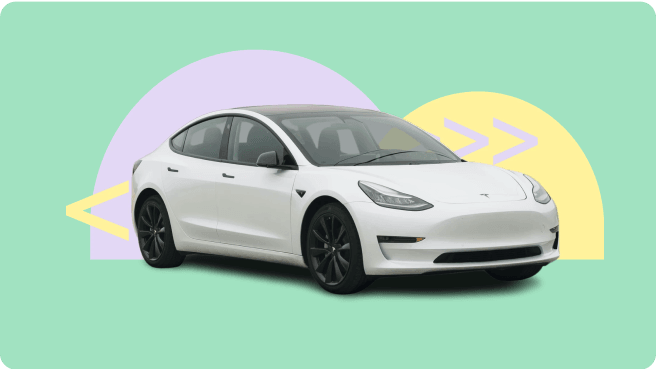

.png)
